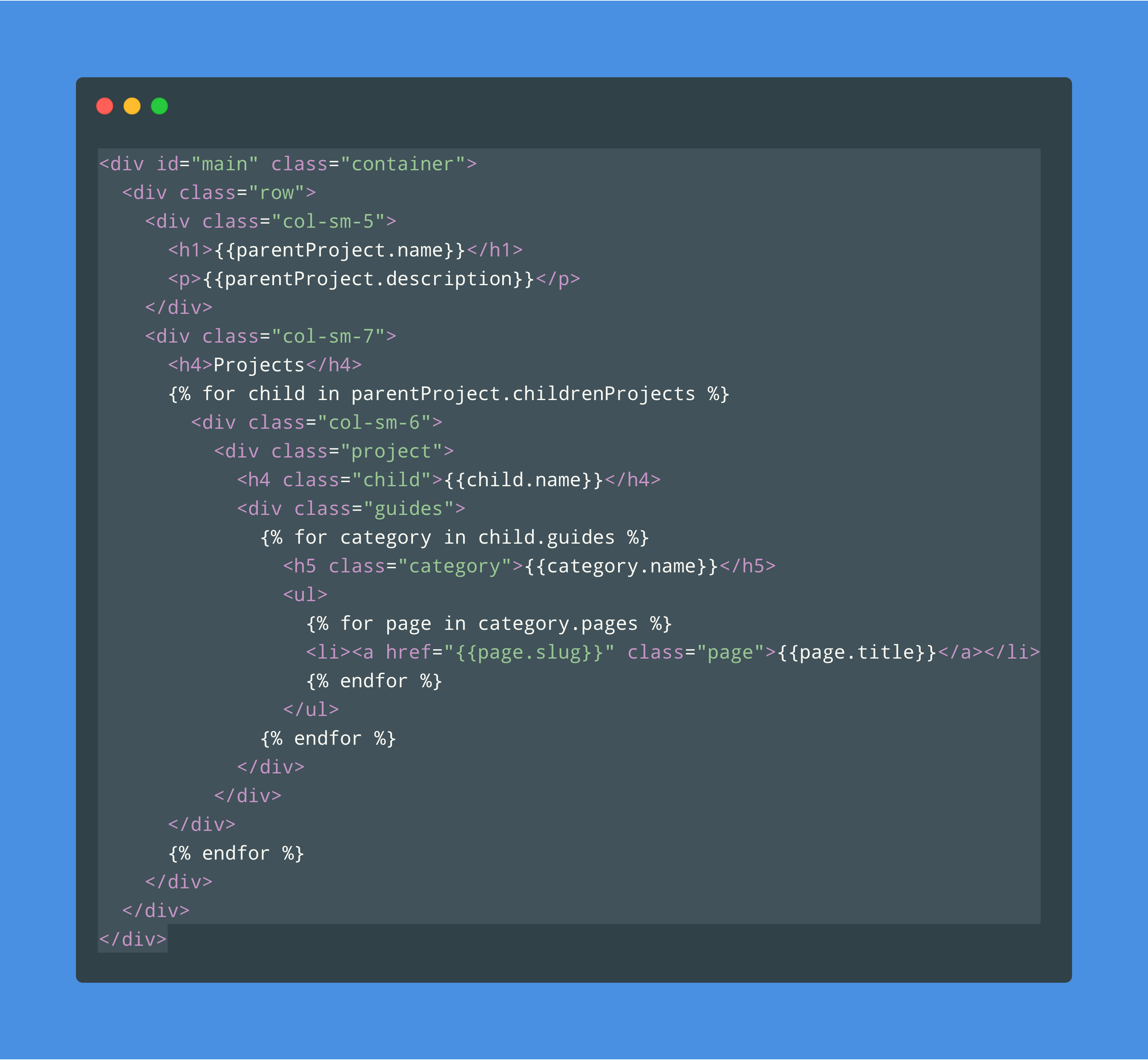What is the Owlet Weekly Update?Welcome to the second edition of the Owlet Weekly Update (working title) — an owlet-sized update (posted every Tuesday to the ReadMe Changelog) where we provide an overview of the bug fixes and minor improvements that went out as part of our new Tuesday release cycle.
As we refine our format and process for providing these updates, we'd love to hear what you think at [email protected]!
Bug Fixes and Minor Improvements
- Last week, we inadvertently introduced a bug where users were unable to save their changes to a page if making edits in Raw Mode... yikes! Happy to report that bug has been fixed 📝
- Fixed an issue for a small chunk of projects where certain internal documentation links were broken in the Changelog 🔗
- A small portion of projects were seeing an issue where they specified a Main URL that was different from ReadMe, but clicking the project logo navigated to their ReadMe landing page instead... this issue is now resolved! 🏠
- There was this pesky little issue when editing unpublished pages in the API Reference section where the preview links were inconsistent depending on where you clicked... that discrepancy has been fixed! 🧑🎨
- General stability improvements to ReadMe Free 💸
- Minor performance benchmarking improvements 📈
Bigger Feature Updates and Improvements
- We recently released an NPM module called
apiwhich makes it easier than ever to generate an SDK from an OpenAPI file 🚀 stay tuned for more info on how to integrateapi-powered code samples into your ReadMe documentation!




